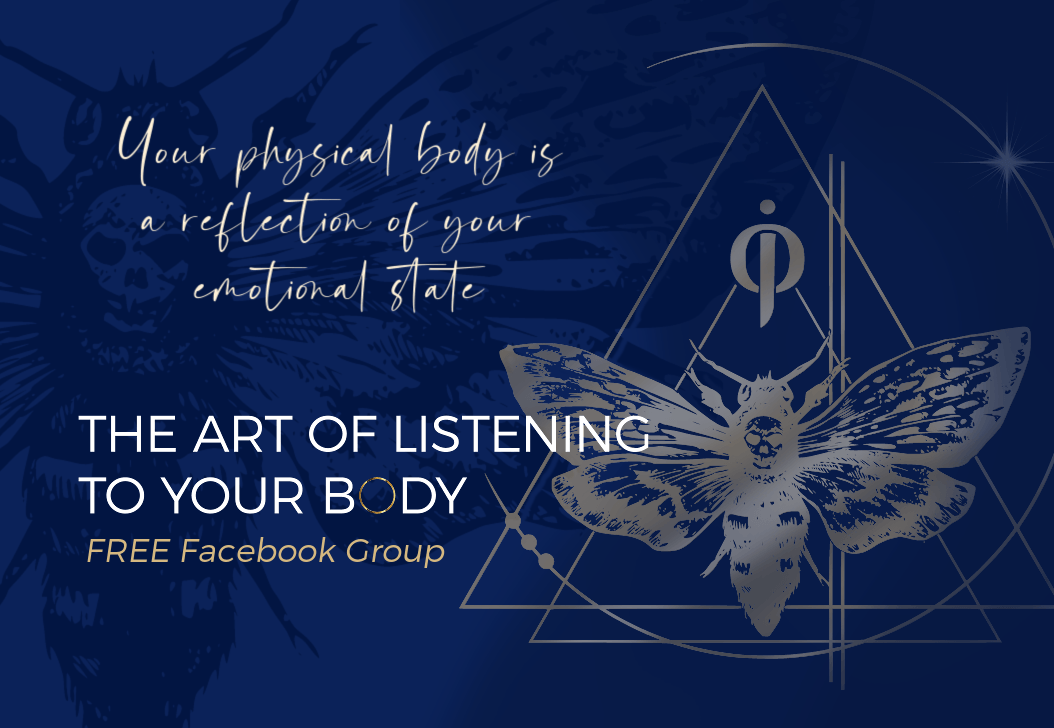Have you ever tried scream release therapy? Much more than an anger release, the practice of screaming is one of the quickest and easiest ways to let it all out.
Do you ever get the feeling something isn’t right but you’re not sure what it is? Do you often feel overwhelmed by feelings of anxiety, frustration, anger or stress but you have no idea what’s causing it? Sometimes, the only thing to do is scream it out. Think of scream therapy as your emergency release button. It’s a quick and easy way to let off some steam, so you then have the clarity to work on those underlying emotions. Scream therapy is a transformative part of my six-week Release Course, but as I tell all of my students, there are a few tips to follow if you want to get the most out of scream release.
Why it’s important to release blocked emotions
We all know what a bad idea it is to bottle up our emotions. Stored emotions can only lead to further issues which will show up at some point in our lives, whether we like it or not. Stored emotions can easily turn into what we commonly refer to as blocked emotions which can manifest as depression, anxiety, physical pain or stress. They can also show up as feelings of dis-ease, relationship troubles, or doubts over your career or self-worth. While it’s easy to see why these stored or trapped emotions aren’t healthy, what we often find difficult is understanding those emotions and why they are there. If this sounds like you, don’t worry you’re not alone. It’s common for people to feel trapped, stuck or overwhelmed and not know why.
A safe way to release emotions from the body
How do you know your emotional cup is full to the brim? There are many tell-tale signs your cup is full, and you’re not processing your emotions. I’m sure you have experienced these at some time in your life. It’s those times when you have a big reaction to something. You know that moment when you have an extreme verbal or physical response to a situation, an angry outburst or tears suddenly appear from nowhere. As parents, we often experience this when we “blow our tops” at our children. This doesn’t mean we don’t love our kids, in fact, it is often our loved ones and those closest to us who cop the most as these are the people we feel safest around. It’s when we feel like we’re not coping or become triggered by something that would not normally be a bother. These are all signs that there are emotions that need an escape route.
While it’s important to understand what these emotions are in order to process and heal, the first stage of emotional release can simply be blowing off some steam. This is where screaming comes in. A scream is a moment of catharsis and an opportunity to empty an overflowing cup.
What is scream therapy?
Scream therapy is like hitting the emergency release button but in a safe way. Once known as primal scream therapy, screaming as a way to release emotions has been around since the 1970s. Screaming for release is a fundamental part of my online Emotional Release course, and I am continually amazed by the results it delivers for my students. While some may experience a release straight away, others find it takes days, even weeks, before they tap into that raw screaming power and let it all out.
What I find so incredible about screaming is that it is the antithesis of how we are told to behave. Throughout our lives, we are told not to make a fuss, not to make too much noise and keep it together. Screaming is the opposite, it is a moment of rawness where we scream—and make a whole lot of noise.
How to do scream therapy
Screaming gives us the opportunity to hit the emergency release button. But it must be done in a safe way. Here are a few ways you can enjoy the benefits of scream therapy while keeping yourself and others safe.
Where to scream
The best place to really let go and let out a good scream is in your car. Drive to a quiet place where you won’t see too many cars or people. Find a spot where you won’t be distracted by worrying about someone seeing you or judging you. Keep your windows up, and… just scream. If you don’t have a car or a suitable location to drive to, there are alternatives. Screaming into a pillow in your room works well. So does the water. Some students will jump in the ocean, a swimming pool or even the bath and scream underwater. Or vacuuming! Crank up the vacuum and let out a good scream. Basically, there is no excuse not to scream, there will always be a way to do it.
How to scream
Of course, there is no right or wrong way to scream, but the most important thing is that you really let it rip! You only need to scream for a few seconds but just make sure you go for it. When you first begin screaming, you may find your scream is a little half-hearted. You may even find yourself laughing at your effort. Most of my clients will tell me their first go at screaming was pathetic. Just go with it, and show up each day and notice how you eventually begin to let go and really start screaming.
When to scream
When my daughter was at daycare, I would scream in my car after drop-off every day! I would drive straight from daycare to a quiet road and scream it out before I went to work. It was a great way to release before I began my day. You may find this works for you as well, or there may be another time of the day that’s better. The most important thing about getting the most out of scream release is to make it consistent for the first few weeks. After you have experienced release, you may find you don’t need to do it every day, just when you feel the overwhelm creeping in.
Common hesitations about screaming
I get it, screaming by yourself in a car may feel a little strange! You may feel self-conscious, embarrassed, you may even get the giggles. As a society, we tend to shame people for being angry or making noise which is why it’s normal to feel reluctance about screaming. But for those few seconds, let go of all that. Instead, enjoy the incredible catharsis that comes with making a whole lot of noise and doing something we’ve always been told not to do.
What happens when I scream?
When we let go and scream we access deeper emotions. Despite what you may think, screaming isn’t always about anger. Sometimes it is anger, but it can be all types of emotion. You may find that your scream leads to sadness, tears, even laughter. Whatever it is, the scream gives you a way to get it out.
The reason screaming is such an important part of a journey to healing is that you don’t need to intellectualise what is happening. If you are at the beginning of your healing and you don’t know what is keeping you stuck, screaming is an ideal first step. You just let the emotion out without having to understand it. After screaming for a while, you will start to notice those emotions clarifying, and you may be able to recognise what’s going on.
What happens after screaming?
What I often see in my students is that their scream therapy work eventually leads to an increased awareness around certain events or memories in their life. Screaming starts to bring awareness to the emotions attached to these events or memories. Eventually, there is insight into what’s going on, which helps to process things. What you are aiming for is to empty that overflowing emotional cup. When your cup is empty, you are less likely to be triggered or overwhelmed, and you can process the emotions in a healthier way.
5 top tips for scream therapy
- Most people think screaming is about anger. It’s not, it’s about letting go.
- Stay safe. Don’t harm yourself, others or destroy things.
- It may take a while to really let go and experience the full benefits. But when you get it, you’ll know.
- Do it every day for three weeks, and see what happens.
- Don’t get distracted by worrying about how you look or if others will see you; you need to be 100 per cent committed.
I love scream therapy. It is a quick and easy emergency release for your emotions which can be done in a safe way. What could be better than emptying the cup when you’re feeling overwhelmed? I know screaming is unfamiliar to us, and you may even feel a little weird when you first begin. However, it won’t be long before you start to understand how powerful this emotional release technique is. After all, those emotions are going to get out one way or another. I would rather see you scream them out in a healthy way than have them spill out and cause physical or emotional pain.
Have you tried scream therapy? If you’re interested in hearing what I have to share on scream work and other release techniques you can join my masterclass for $47 USD.
Grab the masterclass now to learn more on how to release stored emotions.





